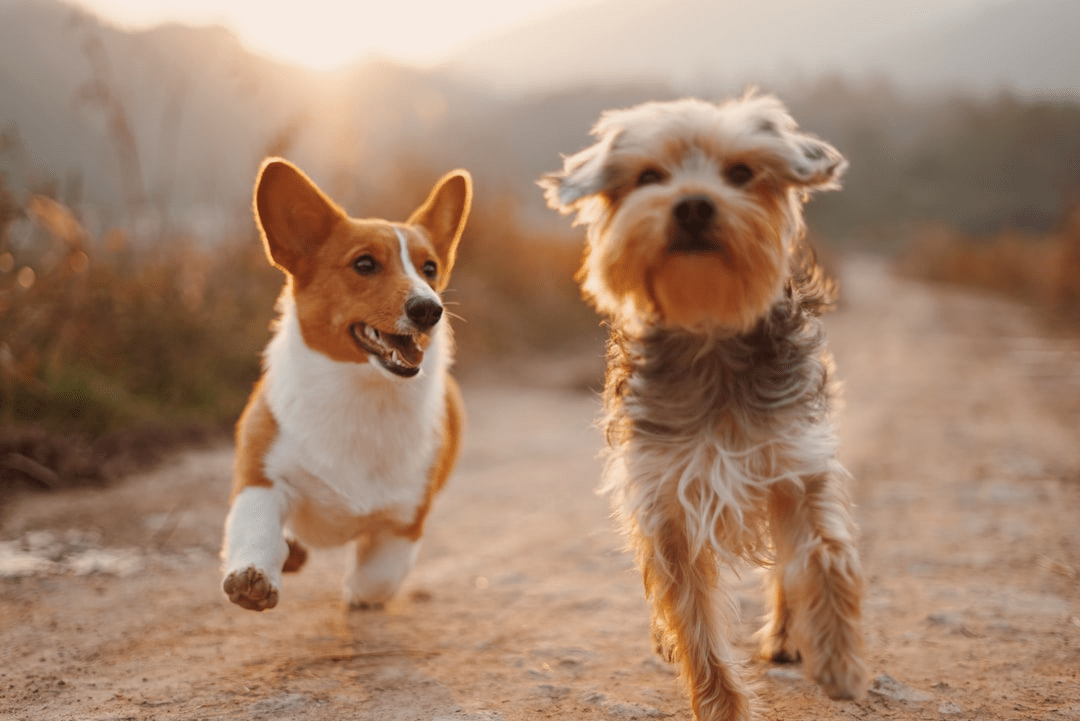
DescriptionThe transportation of live animals is the deliberate transportation of an animal other than the species itself. Common categories of animals that are transported commercially include livestock destined for consumption, meat, and fur. Livestock being transported can include deer, cattle, horses, hogs, swine, and others.
zoological animals, such as reptiles, amphibians, mollusks, and fishes, are transported for their own conservation. Some common examples of this are reptiles being shipped to zoos and aquariums, birds being shipped to parks, and pets such as dogs and cats being shipped to animal shelters or even adopted from homes. Other categories of live animals sometimes considered for transportation are laboratory animals. This can include laboratory mice, rats, guinea pigs, rabbits, and birds such as cocky and bluebirds. Not only can these be shipped for their conservation, but they can also be sent for testing purposes. Some of these tests can be for disease or sicknesses, and sometimes they are used to help diagnose a disease so that the appropriate treatment can be administered.
The term "humane transportation" is somewhat broad and covers a number of methods of transporting a pet or an animal for that matter. When an animal is humanely transported, the pet is typically in a cargo hold with a piece of equipment that emits a mild gas that seeps into the animal's skin to render it unconscious. Once unconscious, the animal is hooked up to a device that transports it via tubes to a veterinarian or an animal shelter. In some cases, veterinarians or animal shelters might transport pets in their own vehicle.
For personal vehicles, animal transportation occurs in a variety of ways. Small animals such as birds can be strapped in a rear seat to a car that has a compartment for transporting animals. In some cases, a cage is attached to the back of the car where the bird or animal will remain until picked up by an experienced driver. In other cases, a dog or cat could be placed inside a cargo hold. There are even instances where people transport farm animals in their personal vehicles while using special cages on the top of the vehicle. For more details about these services, go through this pet transportation reviews.
When looking at different methods of transporting animals, you have to make sure that the animals you are planning on transporting are going to be free of germs. This can be very important if you are choosing an animal transportation association. Some associations only allow wild game or exotic animals, while others allow any animal that is mass -bred, whether they are from puppy mills or zoos. You need to check the regulations of the humane transportation association that you're choosing to use. Click here for more details about these services.
It is important that you research the company that will be transporting your pet. Check with the BBB to see if there have been any complaints lodged against the business in the past year. If you are considering an in-vehicle service, find out if the company is licensed in your state. Find out if the drivers are well trained and familiar with the area that they will be driving through. If you are planning on choosing an in-vehicle service, you should always ask the drivers questions so that you can feel comfortable that your pet will be transported safely.
You can discover more related to this topic at https://en.wikipedia.org/wiki/Pet.